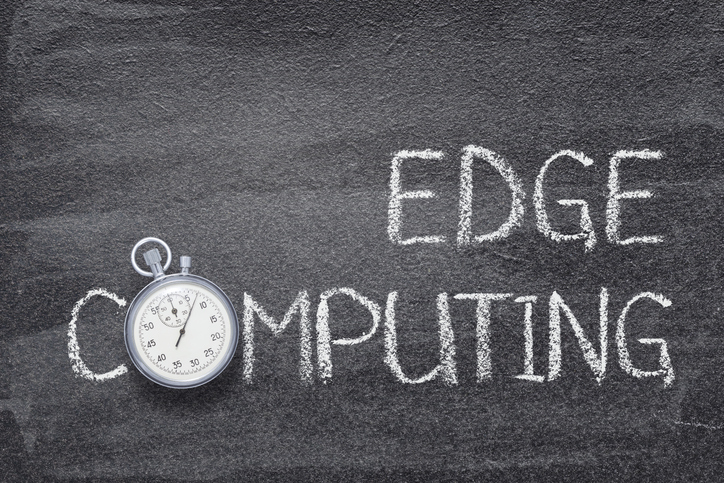How Cloud And Data Combine To Drive Business Agility
Because it touches on every aspect of operations, digital transformation is more of an ethos than just an IT project. However, three key factors are crucial to enabling the business agility you need. 1. Data platform simplification Although hybrid IT allows businesses to build truly flexible systems, it also dramatically increases operational complexity. With virtual […]
How Cloud And Data Combine To Drive Business Agility Read More »


